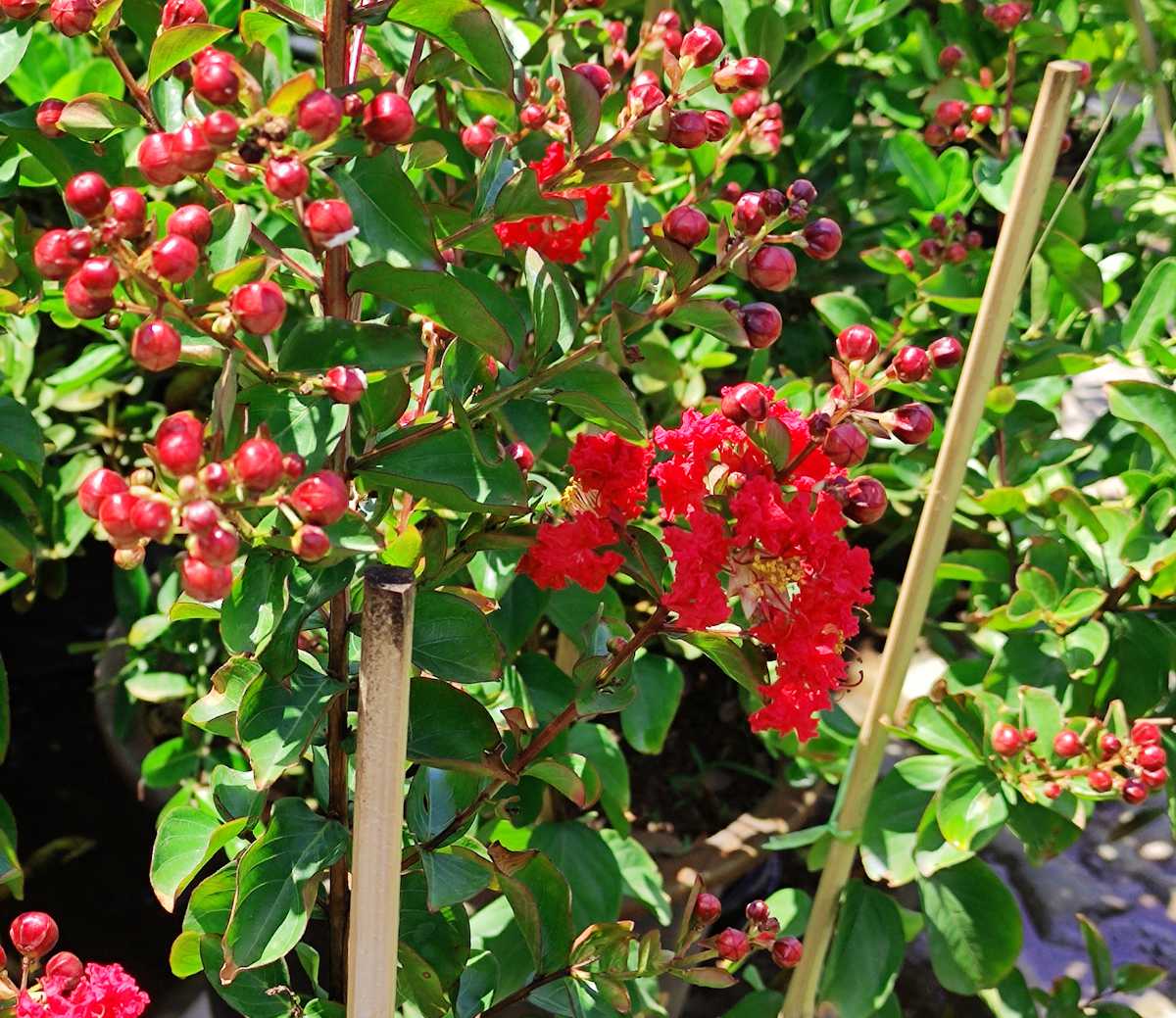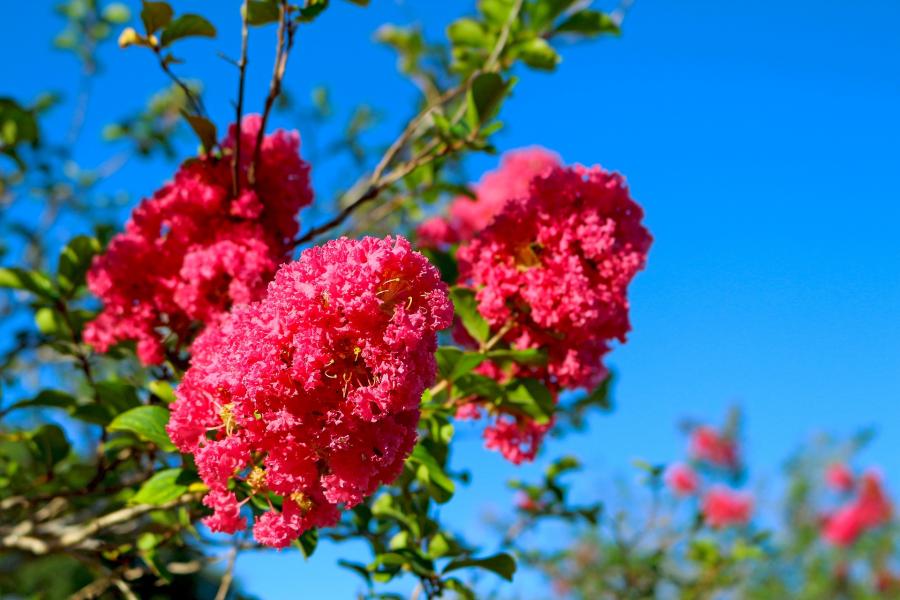Lilac Of The Indies Propagation: A Beginner's Guide To Growing Stunning Plants
Ever wondered how to grow lilas des indes (Plumeria) like a pro? Well, you're in the right place! This tropical beauty is not just any plant; it's a symbol of paradise and brings a vibrant touch to any garden. With the right techniques and care, you can propagate these stunning flowers and watch them thrive in no time. Let's dive into the world of lilas des indes bouturage and unlock the secrets of successful cultivation!
Now, I know what you're thinking - propagating plants sounds like a complicated science project. But trust me, it's easier than you think. Whether you're a seasoned gardener or just starting out, lilas des indes propagation can be a rewarding experience. These plants not only add beauty to your outdoor space but also carry cultural significance in many parts of the world.
Before we get into the nitty-gritty, let's talk about why lilas des indes bouturage is such a popular choice. These plants are known for their fragrant flowers and vibrant colors, making them a favorite among gardening enthusiasts. Plus, they're relatively low maintenance once established. So, if you're ready to roll up your sleeves and get your hands dirty, let's get started!
- Sajal Aly Ahad Raza Mir Divorce Affairs Fallout Latest News
- Watch Filmily Free Powerful Movie Streaming
What You Need to Know About Lilas Des Indes
First things first, let's break down the basics. Lilas des indes, also known as Plumeria, is a tropical plant native to Central America, Mexico, and the Caribbean. It belongs to the Apocynaceae family and is famous for its showy flowers and pleasant fragrance. Understanding the plant's natural habitat and growth conditions is key to successful propagation.
These plants love sunlight and thrive in warm climates. If you live in a region with mild winters, you're in luck! But even if you don't, don't worry - with the right care, you can grow lilas des indes indoors or in a greenhouse. The key is to mimic their natural environment as closely as possible.
Types of Lilas Des Indes
There are several varieties of lilas des indes, each with its own unique characteristics. Here are a few popular types:
- Plumeria rubra: Known for its red and pink flowers.
- Plumeria alba: Features white and yellow blooms.
- Plumeria obtusa: Often called the "Singapore plumeria" due to its popularity in the region.
Each variety has slightly different care requirements, so it's important to research the specific type you're working with. But don't let that intimidate you - the basics of propagation remain the same across all varieties.
Why Choose Propagation by Cuttings?
When it comes to lilas des indes propagation, cuttings are the way to go. This method is simple, effective, and allows you to create new plants that are genetically identical to the parent plant. Plus, it's a cost-effective way to expand your garden without breaking the bank.
Propagation by cuttings involves taking a piece of the parent plant and encouraging it to develop roots. This method is preferred over seeds because it ensures the new plant will have the same desirable traits as the original. Who doesn't want a plant that's just as beautiful and fragrant as its parent?
Step-by-Step Guide to Lilas Des Indes Bouturage
Ready to give it a shot? Here's a step-by-step guide to help you propagate lilas des indes successfully:
- Choose a healthy parent plant with strong branches.
- Using a clean, sharp knife, cut a 12-18 inch section from the tip of a branch. Make sure the cut is clean and at a 45-degree angle.
- Allow the cutting to dry for a few days. This process, called "curing," helps prevent rotting once planted.
- Prepare a pot with well-draining soil. Cactus or succulent mix works well.
- Plant the cutting about 3-4 inches deep in the soil, making sure it's stable.
- Water sparingly until you see new growth. Overwatering is a common mistake that can lead to root rot.
And there you have it! With a little patience and care, your cutting will develop roots and start growing into a beautiful new plant.
Creating the Perfect Environment
Now that you've got the basics down, let's talk about creating the ideal environment for your lilas des indes. These plants thrive in warm, sunny conditions with well-draining soil. If you're growing them indoors, make sure they get plenty of light - a south-facing window is perfect.
Temperature is another important factor. Lilas des indes prefer temperatures between 65-85°F (18-29°C). If you live in a colder climate, consider using a grow light or keeping them in a greenhouse during the winter months.
Watering Tips
Watering can be a bit tricky when it comes to lilas des indes. These plants are drought-tolerant, so it's better to underwater than overwater. A good rule of thumb is to water deeply but infrequently, allowing the soil to dry out completely between waterings.
During the growing season (spring and summer), you may need to water once a week. In the winter, when the plant is dormant, you can reduce watering to once a month or even less. Always check the soil moisture before watering - if it feels dry about an inch down, it's time to water.
Nutrient Needs and Fertilization
Just like us, lilas des indes need proper nutrition to thrive. A balanced fertilizer with a higher phosphorus content is ideal for promoting flower production. Look for a fertilizer with an N-P-K ratio of 10-30-10 or similar.
Apply the fertilizer every 4-6 weeks during the growing season, following the instructions on the package. Over-fertilizing can lead to excessive foliage growth at the expense of flowers, so moderation is key. And don't forget to water the plant after fertilizing to help distribute the nutrients evenly.
Pest and Disease Management
While lilas des indes are generally hardy plants, they can still fall victim to pests and diseases. Aphids, spider mites, and mealybugs are common culprits. Regularly inspect your plants for signs of infestation, such as yellowing leaves or sticky residue.
If you spot any pests, treat them promptly with an appropriate insecticide or neem oil. For fungal diseases like root rot, ensure proper drainage and avoid overwatering. Prevention is always better than cure, so keep an eye on your plants and address any issues early.
Common Mistakes to Avoid
Even the best gardeners make mistakes, but learning from them is what makes us better. Here are a few common pitfalls to watch out for when propagating lilas des indes:
- Overwatering: As mentioned earlier, this is a big no-no. Always let the soil dry out between waterings.
- Using dull tools: A clean, sharp knife is essential for making precise cuts. Dull tools can damage the plant and increase the risk of infection.
- Skipping the curing process: Allowing the cutting to dry before planting helps prevent rotting and promotes healthy root development.
By avoiding these mistakes, you'll increase your chances of success and enjoy beautiful, healthy plants.
Harvesting and Enjoying Your Lilas Des Indes
After all your hard work, it's time to reap the rewards! Lilas des indes typically bloom in the summer, filling your garden with their fragrant flowers. These blooms not only add beauty to your outdoor space but are also perfect for making leis or adding a touch of elegance to your home.
When harvesting flowers, make sure to use clean scissors or pruning shears to avoid damaging the plant. Cut the flowers just above a leaf node to encourage new growth. And don't forget to enjoy the process - gardening is as much about the journey as it is about the destination.
Sharing Your Success
Once your lilas des indes are thriving, why not share the love? Propagation is a great way to create new plants to give as gifts or sell at local markets. Who knows, you might even inspire others to take up gardening!
Conclusion: Start Your Lilas Des Indes Journey Today!
There you have it - everything you need to know about lilas des indes bouturage. From choosing the right plant to creating the perfect environment, propagation is a rewarding experience that anyone can master. Remember, patience and care are key, and before you know it, you'll have a garden full of beautiful, fragrant flowers.
So, what are you waiting for? Grab your tools and get started on your lilas des indes propagation journey. And when you're done, don't forget to share your success stories with us in the comments below. Happy gardening!
Table of Contents
- What You Need to Know About Lilas Des Indes
- Why Choose Propagation by Cuttings?
- Step-by-Step Guide to Lilas Des Indes Bouturage
- Creating the Perfect Environment
- Watering Tips
- Nutrient Needs and Fertilization
- Pest and Disease Management
- Common Mistakes to Avoid
- Harvesting and Enjoying Your Lilas Des Indes
- Sharing Your Success



Detail Author:
- Name : Dr. Berry Beier
- Username : erna41
- Email : annette57@ritchie.org
- Birthdate : 1974-06-03
- Address : 32902 Becker View Port Davonbury, TX 81462
- Phone : +19517668978
- Company : Gaylord-McKenzie
- Job : Pile-Driver Operator
- Bio : Ab illo rerum tempora. Veritatis distinctio doloribus commodi impedit dolor. Accusantium qui sit harum et nobis architecto.
Socials
tiktok:
- url : https://tiktok.com/@walshs
- username : walshs
- bio : Dolor ex autem sint. Corporis ut enim accusamus facere necessitatibus earum.
- followers : 518
- following : 1664
twitter:
- url : https://twitter.com/walshs
- username : walshs
- bio : Ut totam quia facere possimus placeat quia ut. Et iure facere voluptate ut fuga quis. Consectetur ab laudantium voluptatem aut officiis itaque aut.
- followers : 4275
- following : 244
instagram:
- url : https://instagram.com/swalsh
- username : swalsh
- bio : Molestiae eligendi facere blanditiis ut. Sint ex molestiae eaque.
- followers : 6110
- following : 2029
linkedin:
- url : https://linkedin.com/in/sydni9242
- username : sydni9242
- bio : Deserunt repellendus quod quia et.
- followers : 1644
- following : 2691